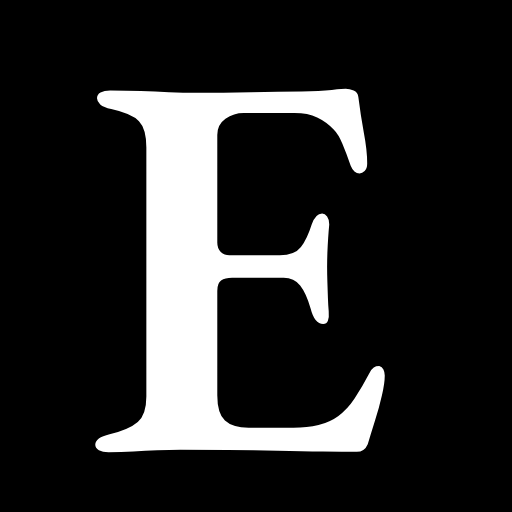Conference speaker talking to audience
Your handshake game may be a little rusty, but now is the time to brush up on your meet-and-greet skills. The in-person conference circuit is heating up, and business professionals are eager to reconnect at events specific to their industry. To make the most of your conference attendance, you need to have a strategy.
While your company may be footing the bill for the expenses, business travel is a significant investment of your time. If a networking event or conference is on your calendar, use these tips to plan your approach. Instead of awkwardly muddling your way through, you’ll glide into the main hall with confidence and a plan of action.
1. Do Your Homework
Sometimes you’re slated to attend an event that’s new to you. Other times, it’s a conference that’s been on your calendar for ages. No matter your familiarity, treat your attendance like an assignment—because it is.
Despite their reputation for expense account–funded steak dinners and late-night social events, industry events are indeed work. At least a week before your event, pull up the conference webpage, review the schedule and scan the sponsors listing.
Depending on the type of event, consider how your attendance relates to the key topics and presentations. If you’ve signed up for breakout sessions, familiarize yourself with them and draft a list of questions to ask.
Beyond coming up with questions, you’ll need to ensure that you’ve got your professional house in order. Brush up on your introduction and takeaways. Update your LinkedIn page, personal website and elevator pitch, customizing each for your audience. Upgrade your business card by adding a QR code that gives the recipient more ways to reach you.
2. Devise a Game Plan Before You Hit the Registration Table
If you’re lucky, there might be an event page on LinkedIn where registered attendees can get updates. Check out who’s been interacting with conference information online and check out their profile information. If they’re a prospect, add them to the list of people you want to connect with at the event. Your contact list might read like a scavenger hunt—except this one will yield valuable connections instead of a plastic trophy.
The last time I attended a conference, I noticed that one of my breakout sessions featured a panel on digital strategies. I wanted to make some contacts who could be interested in growth marketing, so I started my research early. Before long, I had the lowdown on who would be there, their background and their interests. This made my outreach efforts after the session much more fruitful.
When going to a panel session, plan to arrive early and snag a seat up front. Say hello and shake hands with members of the panel and the moderator. This is a courteous move, and it will make you more memorable. When it’s time to take questions from the audience, yours will likely get the first nod. Afterward, you’ll feel much more comfortable hanging around to swap insights with the panel’s heavyweights thanks to the connection you established upfront.
3. Follow Up While You Still Have Momentum
If you didn’t learn this back in your early days of dating, it’s all about the follow-up. You wouldn’t want to get ghosted after a great date, and in the same way, you don’t want to be forgotten after a conference. Just as you’ve devised a plan to attend and work the conference floor, plan out your follow-up strategy.
If you’re the analog sort, keep notes on the back of business cards that you collect along the way. Jot down what you talked about, what you committed to and anything unique about the encounter. Anything that will help your note stand out among the bevy of post-event “We met at X conference” emails is something to write down.
If you’re digitally inclined, use a notes app or add this info to the person’s listing in your phone’s saved contacts. Include links, photos, and other meaningful intel to enrich your records. When attending a multi-day event, add to your networking list each night to make the process easy to manage.
After the event ends, aim to follow up within two business days. Conferences can take a lot out of people, both mentally and physically. Give everyone time to rest, but not enough time to forget you. Deliver a sincere thank you for the time spent with your new contacts at the event and pass along any information you promised. By offering value, you’ll forge connections that pay dividends.
Create Relationships That Offer a Mutual Benefit
You already know that business isn’t all about you—it’s about relationships. Seek to understand what your contacts need, even if they aren’t able to articulate it just yet. Discover ways to be helpful, even if it’s not directly related to closing a sale.
The more you can prove to be a trusted resource, the more likely your new contacts will remember you in a positive light. When you offer assistance without strings, your potential clients will keep their doors open for you. And when it’s time to pitch an opportunity, the strategy you’ve developed beforehand will help you get your “yes.”




